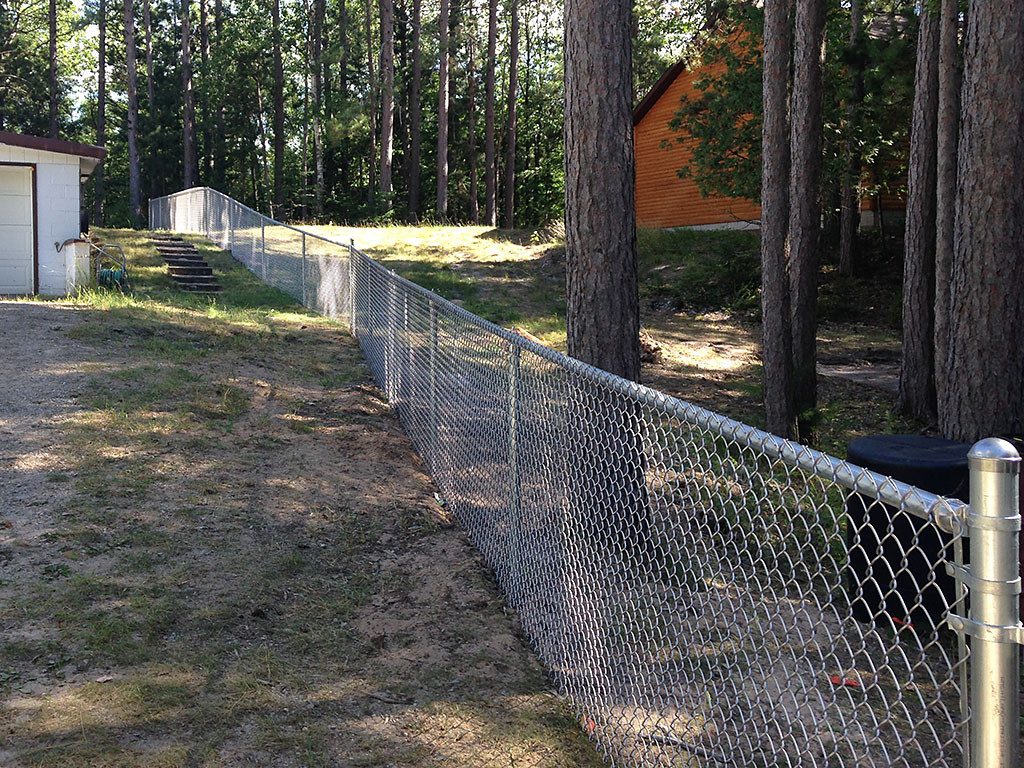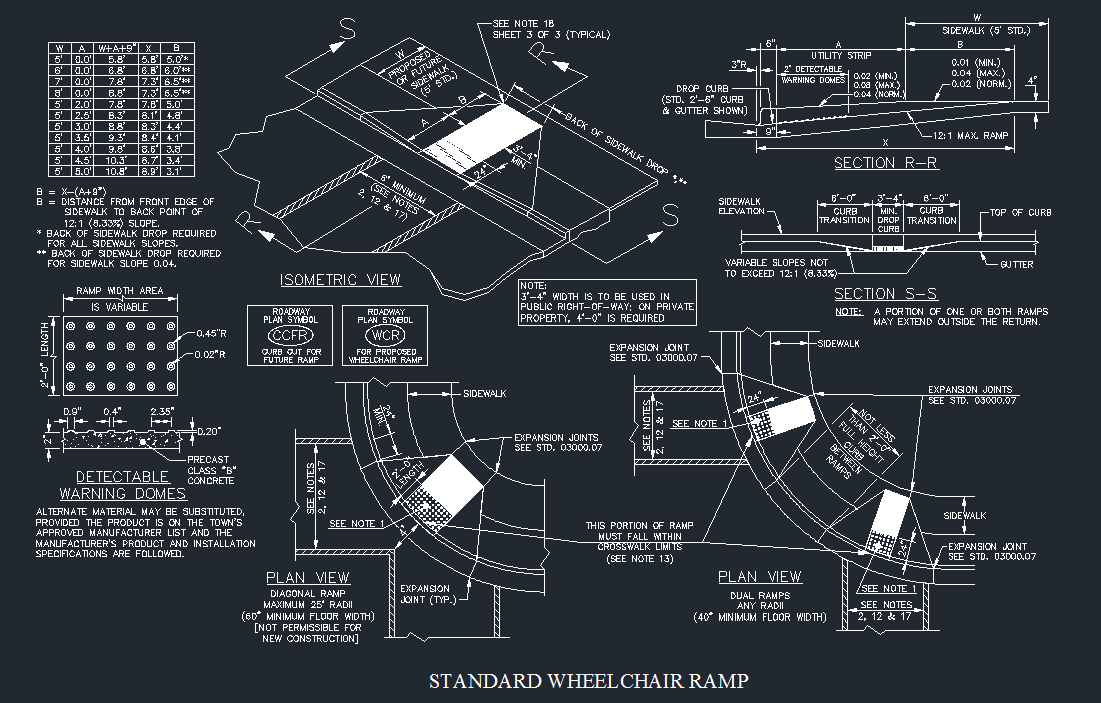

Other information included in the reflected ceiling plan are the ceiling materials, ceiling heights, ceiling slopes, changes in ceiling heights, locations of all lighting fixtures (including exit and emergency lights), air dif-fusers and vents, access panels, speakers, sprinkler heads (if used), and other items that touch or are part of the ceiling plane. The ceiling grid lines (called "T" bars) should also be shown. On commercial projects where there is a suspended ceiling, the reflected ceiling plans would show any partitions that extend through the ceiling plane as well. Common types of light fixtures on the lighting plan include surface-mounted, recessed, pendant, and track-mounted. Locate the light fixtures in the ceiling plan in accordance with the lighting design concept. If not, a symbol may fall on top of a dimension, thus requiring the dimension to be moved.

It is advisable to draw in all the electrical symbols on the plan before it is dimensioned or notes are added. The lighting fixtures and other electrical features shown on the reflected ceiling plan are given symbols that are keyed to a legend. In drafting reflected ceiling plans, the designer should reproduce the floor plan walls and openings such as doors and windows, but without showing items such as built-in cabinetry, plumbing fixtures, etc. It should also specify changes in ceiling elevations and materials, such as lights, sprinklers, smoke detectors, and HVAC diffusers that attach to or penetrate the ceiling. Drafting Standards for the Reflected Ceiling PlanĪ reflected ceiling plan must clearly show all walls, partitions, and soffits that intersect with the ceiling. Lighting fixtures are represented with symbols in the reflected ceiling plan and keyed to a legend showing specifications. However, in some cases such as miniature spotlights, the size may have to be exaggerated, as the properly scaled unit would be too small to show up on the plan.Īn enlarged detail of a blackout shade is drawn in section view and keyed to its location in the small-scale reflected ceiling plan. In most cases, the lighting fixture is drawn to the scale of the actual fixtures. Simplistic forms prevent clutter in the view for ease of recognition. The luminaires should be drawn as simple rectangles, squares, or circles that depict the actual fixture as closely as possible. If an enlarged detail is needed to explain a feature in the ceiling, it is keyed with a note or symbol to a separate, larger-scale drawing. The scale the ceiling plan is drawn at should be noted and placed directly below the drawing, either adjacent to or directly below the title. Depending on the complexity of the project and ceiling treatment, the most common scale for residential and small commercial projects is i// = 1'-0" (1:50 metric) and V8" = 1'-0" (1:100 metric) for large commercial projects.

Reflected ceiling plans should be drawn at the same scale as the floor plans. Construction Drawings Scale of Reflected Ceiling Plans 34ģ.1 INTRODUCTION¿THE ALPHABET OF LINES. Specialized and Miscellaneous Drawing Types.

13Ģ.3 COMPUTER-AIDED DRAFTING (CAD) AND COMPUTER-AIDED DESIGN AND DRAFTING (CADD). 6ĬHAPTER 2: BLUEPRINTS AND CONSTRUCTION DRAWINGS: A UNIVERSAL LANGUAGE 9Ģ.1 INTRODUCTION. 5ġ.3 BASIC DRAFTING STANDARDS AND STANDARDS-SETTING ORGANIZATIONS. Contents may have variations from the printed book or be incomplete or contain other coding.įOREWORD. Note: Contents data are machine generated based on pre-publication provided by the publisher. Kubba.īibliographic record and links to related information available from the Library of Congress catalog. Table of contents for Blueprint reading Table of contents for Blueprint reading : construction drawings for the building trades / Sam A.


 0 kommentar(er)
0 kommentar(er)
